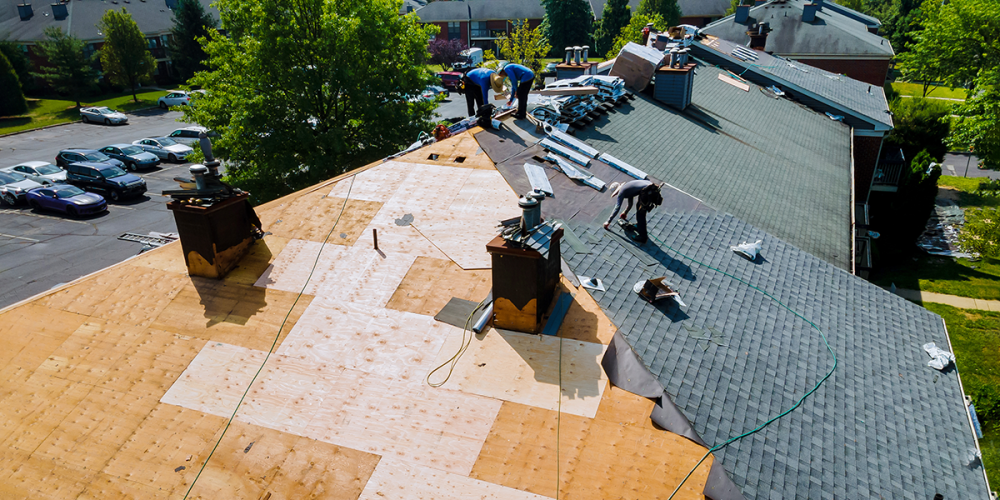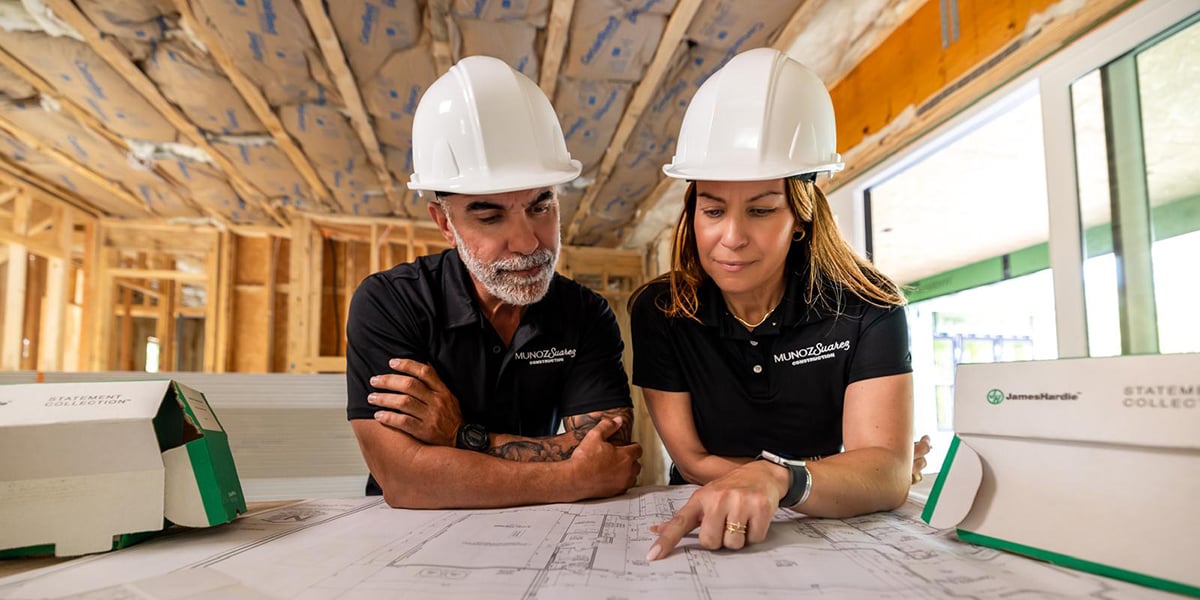Time for a big home improvement project? Whether it’s an upgraded kitchen, new exterior siding or an outdoor deck, once you get excited about a new home update, the next question is usually, “OK, how am I going to pay for this?”
Luckily, there are many types of home improvement loans to choose from, each with different benefits (and drawbacks). The big question is how do home improvement loans work and what is right for you? Today, we’ll walk you through the most common home improvement loans out there so you can choose the one that’s right for you.
But first, a primer: home improvement loans fall into two categories: secured and unsecured.
- Secured home improvement loans borrow against the value of your house (minus your existing mortgage), using your home’s equity as collateral. A home equity loan and home equity line of credit are both secured loans, as are federal programs like the Title I home improvement loan.
- Unsecured home improvement loans don’t use your home as collateral. These home improvement loans include unsecured personal loans from your bank or credit union and home improvement loans offered by your contractor.
Now let’s take a closer look at each type of home improvement loan and how each one works.
Secured home improvement loans
Because secured home improvement loans let you borrow against your home’s equity, if you fail to pay them back your home is at risk of foreclosure. These loans typically require as much paperwork as a mortgage (so be prepared with a couple years’ worth of financial statements!), take a few weeks to be approved, and often come with closing costs that you’ll have to pay.
Why do homeowners choose this type of home improvement loan, then? For several reasons:
- More funding for big-ticket projects. Secured home improvement loans usually have higher borrowing limits than unsecured loans, which is useful if your project will cost $20,000 or more.
- Longer repayment periods. Secured home improvement loans typically offer a longer repayment period (about 15 years, though some loans can go as high as 30 years).
- Lower interest rates. Because the creditor uses your home’s value as a guarantee of repayment, they can offer lower interest rates.
- Lower monthly payments. A longer repayment period and lower interest rates often translate to lower monthly payments.
- Tax deductible loan interest. When you use your home’s equity as collateral, you can deduct the interest paid on the loan come tax time.
Two major types of secured home improvement loans are home equity loans and home equity lines of credit (HELOCs). Home equity loans let you borrow a fixed amount at one time and have a fixed interest rate. These are a good option for one-time home improvement projects with fixed costs. Home equity lines of credit, on the other hand, let you borrow the funds you need when you need them (up to a limit based on your home’s equity), and offer variable interest rates. They are a good choice for ongoing home improvement projects.
Title I home improvement loans are another secured option for home rehab projects up to $25,000. (Luxury projects, like swimming pools, are not eligible). Unlike home equity loans and HELOCs, you don’t need to have equity in your home to get this type of loan, even though your home is used as collateral. These loans are issued by your bank but are insured by the federal government.
Unsecured home improvement loans
Unsecured home improvement loans don’t use your home’s equity for collateral, so you won’t have to fill out mortgage-level paperwork or worry about losing your home if you fail to pay. However, they carry higher interest rates that vary based on your credit, and those interest payments aren’t tax deductible. They’re also smaller loans, so aren’t as good a choice for big-ticket projects.
Unsecured home improvement loans have their advantages, however:
- No equity needed. Unsecured home improvement loans are a good option if don’t have a lot of equity in your home yet (for example, if you just bought a house).
- Fixed interest rates. These home improvement loans have fixed interest rates, and you can easily plan your monthly payments so they work with your budget.
- Less paperwork. You don’t have to fill out as much paperwork as you do for a secured home improvement loan, and the online application is often quick and easy.
- Fast approval. If you need the funds for your project right away, unsecured home improvement loans are a good option. You’ll wait just a day or two for approval, and sometimes get pre-approval on the spot.
You can apply for an unsecured home improvement loan with your bank or credit union and then use it for any project you like. Your contractor may also offer home improvement financing. For example, contractors who use HOVER have access to competitive home improvement loans through Mosaic.



